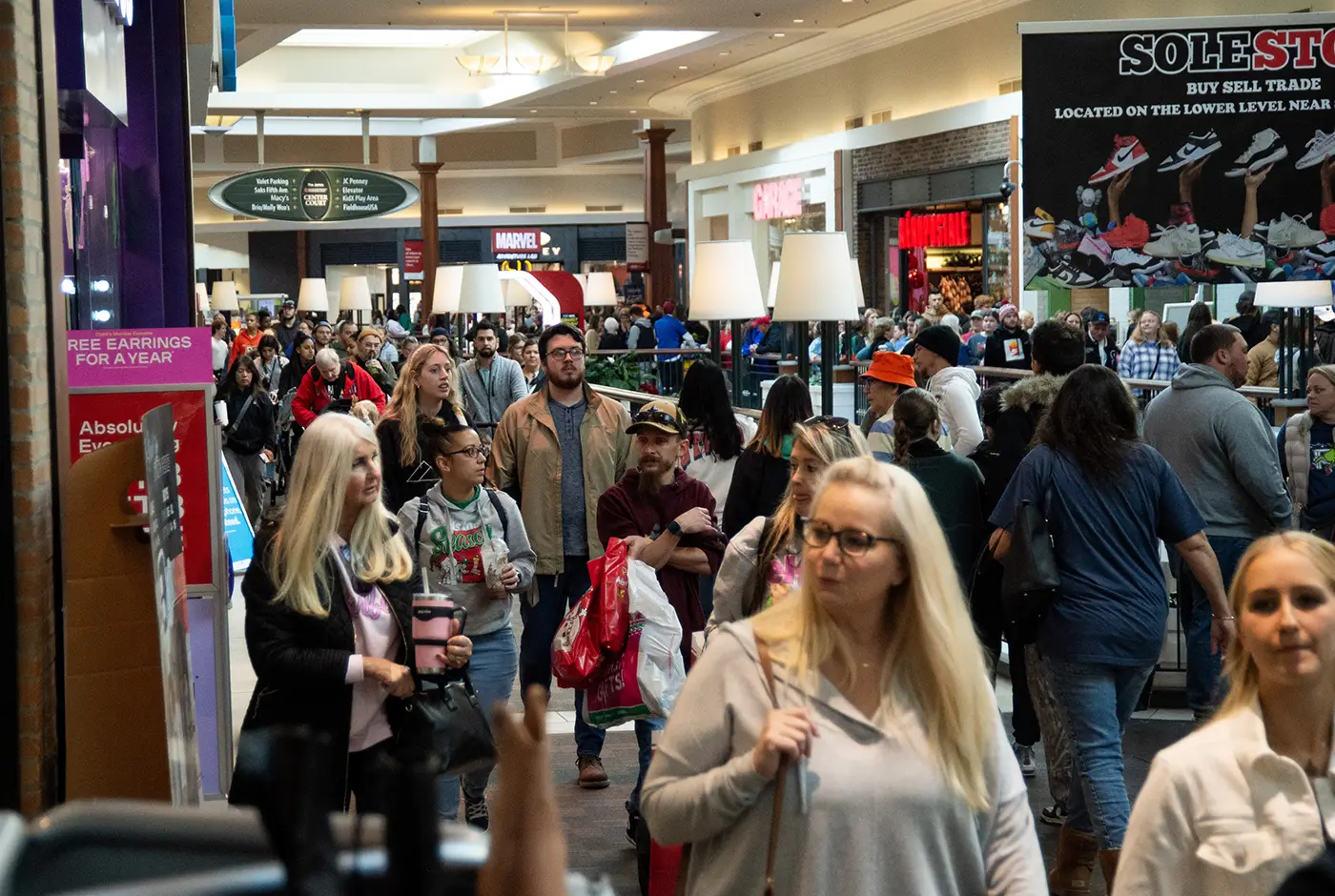Is “Sold by TikTok” coming to the US? How does TikTok’s e-commerce strategy differ between the United States and Southeast Asia?
WPIC Co-Founder and CEO Jacob Cooke speaks to Todd Embley about these questions on this week’s episode of After Hours.
Check out the discussion above. You can also read the edited transcript below.
Todd Embley:
Hey everybody. Welcome back to another edition of The Negotiation After Hours, a new video series where we speak to WPIC Marketing + Technologies’ co-founder and CEO Jacob Cooke on the top consumer tech and business stories from China and other APAC markets.
Jacob is joining us from WPIC’s Vancouver offices today.
Jacob, welcome.
Todd Embley:
Okay, let’s start talking about the big report that came out in the Wall Street Journal this week about TikTok’s plans to sell made in China goods in the USA.
What’s going on there?
Jacob Cooke:
Yeah, well quite a lot actually.
ByteDance launched TikTok shop in the USA actually back in November, which is a similar e-commerce integration to what exists with Douyin in China (same parent company, obviously). Like on Douyin, brands can set up stores on TikTok and check out payment process, all happens within the app.
This news is actually separate from that though, so I just wanted to clarify from the brand-owned stores on TikTok.
According to the report, TikTok is going to sell, or directly sell and market a variety of Chinese manufactured goods, including clothing, electronics, kitchen gadgets, these types of things. It will be an online marketplace very similar to Sold by Amazon. TikTok will directly handle transactions, logistics, and after sales service for these new TikTok products.
So a fairly different model, and it will exist alongside the brand stores.
Todd Embley:
Okay.
What’s your take on this? Do you think this is a good strategy? Do they have any advantages that they can leverage? What are your thoughts?
Jacob Cooke:
I think in some ways, it’s an attempt to replicate the American success of other China-founded shopping platforms like Shein and Temu, which also directly sell discounted Chinese-made goods to American users.
I think the advantage that TikTok really has here over these platforms is they already have a vast user base.
Acquiring customers on any of these platforms is by far your biggest expense. So, they’ll be able to target users with products more effectively than their competitors. They’ll have more data than their competitors.
They’ve been incredibly successful in China and Southeast Asia. If the interface is built properly, I think this new product could definitely surpass Temu and Shein, TikTok Shop is difficulty attacking brands just with that US tie-up.
So I think largely because of the regulatory pressure that TikTok has been under, it’s been hard for brands to align themselves as fast as they would say with Alibaba, JD, or Amazon. The “Sold by TikTok” model is a strategic pivot that’s really going to open up inventory — monetize that huge American user base.
Shein and Temu are currently engaged in legal battles with each other. Maybe it’s the time that TikTok can come right up in that middle. It’s not a slam dunk, I think in any way, shape or form, but pretty bullish and it just might the right timing for TikTok to really sort of replicate a lot of that e-commerce success that they’re having other markets inside the U S.
Todd Embley:
Okay. That’s great breakdown. Thank you.
On the topic of TikTok shop over in Southeast Asia, that platform is actually having success already in several markets. And you were recently quoted in a Jing Daily article where you described Southeast Asia as a major growth region for online retail.
What’s the latest in e-commerce and that environment and scene in that region of the world?
Jacob Cooke:
We’re very bullish on Southeast Asia and that’s why we’ve been investing significantly to expand our capabilities in the region.
E-commerce sales are increasing like 50–60% annually in certain regions down there during the pandemic. While that’s slowed a bit, we’re still seeing rapid adoption by consumers and merchants.
The middle class across Southeast Asia — it’s really interesting because it’s one of the fastest growing anywhere in the world. So there’s a huge runway in the region for e-commerce growth — a lot of the brands are getting in there early and I think that’s where we are now — but with very promising long-term and medium-term growth numbers.
The competitive landscape in the region is also pretty interesting. You have two major players there — the Alibaba-acquired and -owned Lazada and the Tencent-backed Shopee.
So, it’s a lot of the China money, which has been early investors there as well. And just very integrated logistic systems.
We’re very, very bullish. Like I said, we’re seeing those great numbers and we expect a good 5, 8, 10 years of runway in the region.
Alibaba, interestingly enough, just invested another billion US dollars into Lazada to fortify the competitive edge against Shopee and TikTok shops.
So it’s interesting to see how that plays out as well too. Clearly a lot of money is being put — not just by WPIC but other major players in the market as well.
Todd Embley:
Yeah, it’s quite the battle raging on down there. I think it’s going to be a big win for consumers and a big win for brands.
Jacob, thanks very much for joining us and to everybody listening, that’s The Negotiation After Hours for now. Join us again next week.









